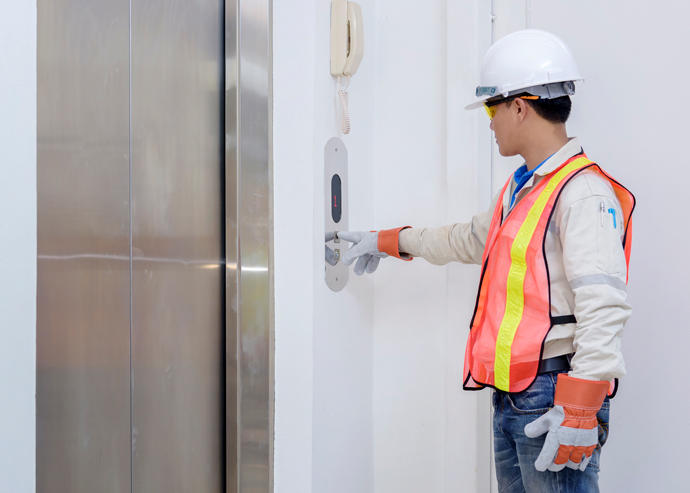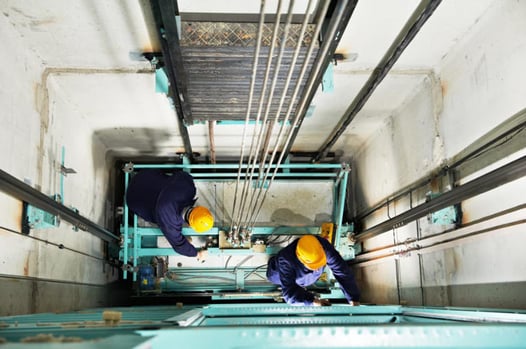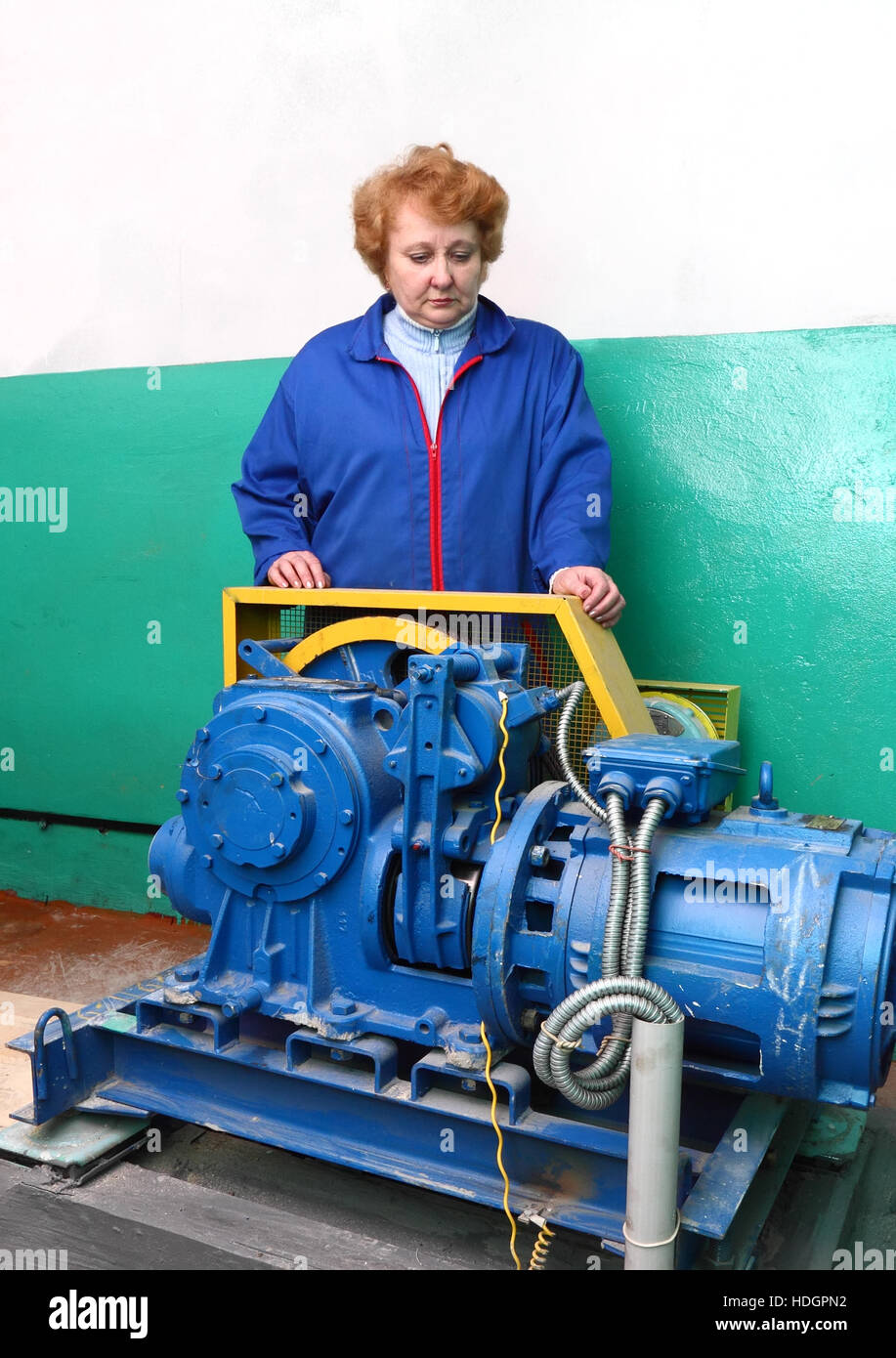Premier Lift Engineer Services for Reliable Maintenance and Fixes
Premier Lift Engineer Services for Reliable Maintenance and Fixes
Blog Article
Exploring the Comprehensive Steps Required for Lift Upkeep
In the world of structure maintenance, making sure the proper functioning and safety and security of lifts is vital. By addressing vital aspects such as positive upkeep schedules, security checks, and emergency situation preparedness, a detailed understanding of the complexities included in lift maintenance can lead to improved performance and safety.
Routine Assessments
When it comes to making sure the long life and security of your lift system, routine examinations are paramount. These routine checks play a critical role in determining any type of possible issues before they escalate right into significant troubles, ensuring the risk-free and smooth operation of the lift. By carrying out routine evaluations, maintenance teams can proactively deal with deterioration, malfunctioning elements, or any type of other problems that may jeopardize the lift's performance or safety.
Throughout these assessments, educated specialists extensively check out numerous elements of the lift system, including mechanical components, electric systems, safety and security attributes, and general structural integrity. By identifying and attending to issues early on, these examinations aid avoid pricey fixings, downtime, or security risks, ultimately expanding the lifespan of the lift system and making sure the health of its individuals.
Positive Upkeep Schedules
Implementing positive maintenance timetables is crucial for optimizing the efficiency and durability of lift systems. By adhering to a proactive upkeep strategy, lift owners can attend to possible concerns before they rise right into significant issues, ultimately decreasing downtime and costly repairs.
A well-structured proactive upkeep routine ought to describe particular jobs, regularities, and accountable workers. It is important to follow manufacturer referrals and market requirements when creating these timetables to make sure the lift operates safely and successfully. Furthermore, documenting maintenance tasks and keeping detailed documents can supply important understandings into the lift's performance gradually, helping in making and determining trends educated upkeep decisions.

Safety And Security Conformity Checks
Making sure security compliance via detailed checks is extremely important in keeping lift systems' dependability and protecting user health. Security compliance checks include a comprehensive analysis of numerous elements, including electric systems, mechanical parts, emergency situation brakes, doors, and other essential safety and security features. These checks are vital to recognize any prospective hazards or breakdowns that could endanger the lift's operation and placed users in jeopardy.
Routine safety and security compliance checks need to be conducted by qualified professionals in adherence to market regulations and criteria. These checks aid in identifying issues early, permitting timely repair services and preventative maintenance steps to be carried out. In addition, maintaining detailed records of safety compliance checks is important for tracking the lift system's efficiency gradually and showing conformity with safety and security regulations.
Devices Upgrades and Modernization
Enhancing lift systems via devices upgrades and modernization is important for improving performance and safety and security requirements in vertical transport. As innovation developments, older lift systems may end up being outdated, leading to lowered dependability and potential safety and security dangers. By purchasing tools upgrades and modernization, building proprietors can guarantee that their lifts fulfill present industry criteria and policies.

In addition to functional benefits, devices upgrades and innovation projects can likewise boost the aesthetic appeals of the lift, providing a much more attractive and modern-day experience for passengers. Eventually, buying lift upgrades and modernization is a positive strategy towards making sure the longevity, safety, and efficiency of upright transportation systems.
Emergency Readiness Preparation
An effective emergency preparedness strategy is crucial for guaranteeing the safety and security and speedy action in instance of unanticipated incidents including lift systems. Emergency situation readiness planning for lift systems includes an organized approach to alleviate threats, ensure passenger security, and decrease downtime during emergencies.
Key components of an emergency preparedness prepare for lifts include clear interaction methods, normal training for lift drivers on emergency situation procedures, and routine drills to test the effectiveness of the plan. lift maintenance contract. In addition, the strategy must lay out specific roles and responsibilities for all stakeholders involved, including building management, maintenance personnel, and emergency check it out responders
In the event of a lift malfunction or entrapment, having a distinct emergency situation strategy can aid in working with a punctual and reliable feedback to make sure the security and wellness of travelers. Timely communication, accessibility to emergency devices such as interaction gadgets and emergency lights, and expertise of emptying procedures are important elements of a thorough emergency readiness prepare for lift systems. By focusing on emergency readiness planning, building managers can improve the overall safety and integrity of their lift systems.
Final Thought
To conclude, the detailed measures required for lift maintenance consist of normal assessments, positive upkeep routines, safety compliance checks, devices upgrades and modernization, and emergency situation preparedness preparation. These actions are important for making sure the safety and security, integrity, and efficiency of lifts in various settings. By applying these procedures, lift owners can minimize the threat of crashes, extend the life expectancy of their equipment, and adhere to industry guidelines.

Throughout these evaluations, educated specialists thoroughly take a look at numerous elements of the lift system, including mechanical elements, electric systems, safety and security features, and overall architectural honesty.Ensuring safety compliance with detailed checks is paramount in preserving lift systems' dependability and securing customer health. Keeping comprehensive records of security conformity checks is vital for tracking the lift system's efficiency over time and showing conformity with safety and security regulations.
By prioritizing emergency preparedness preparation, structure supervisors can boost the total safety and security and integrity of their lift systems.
Report this page